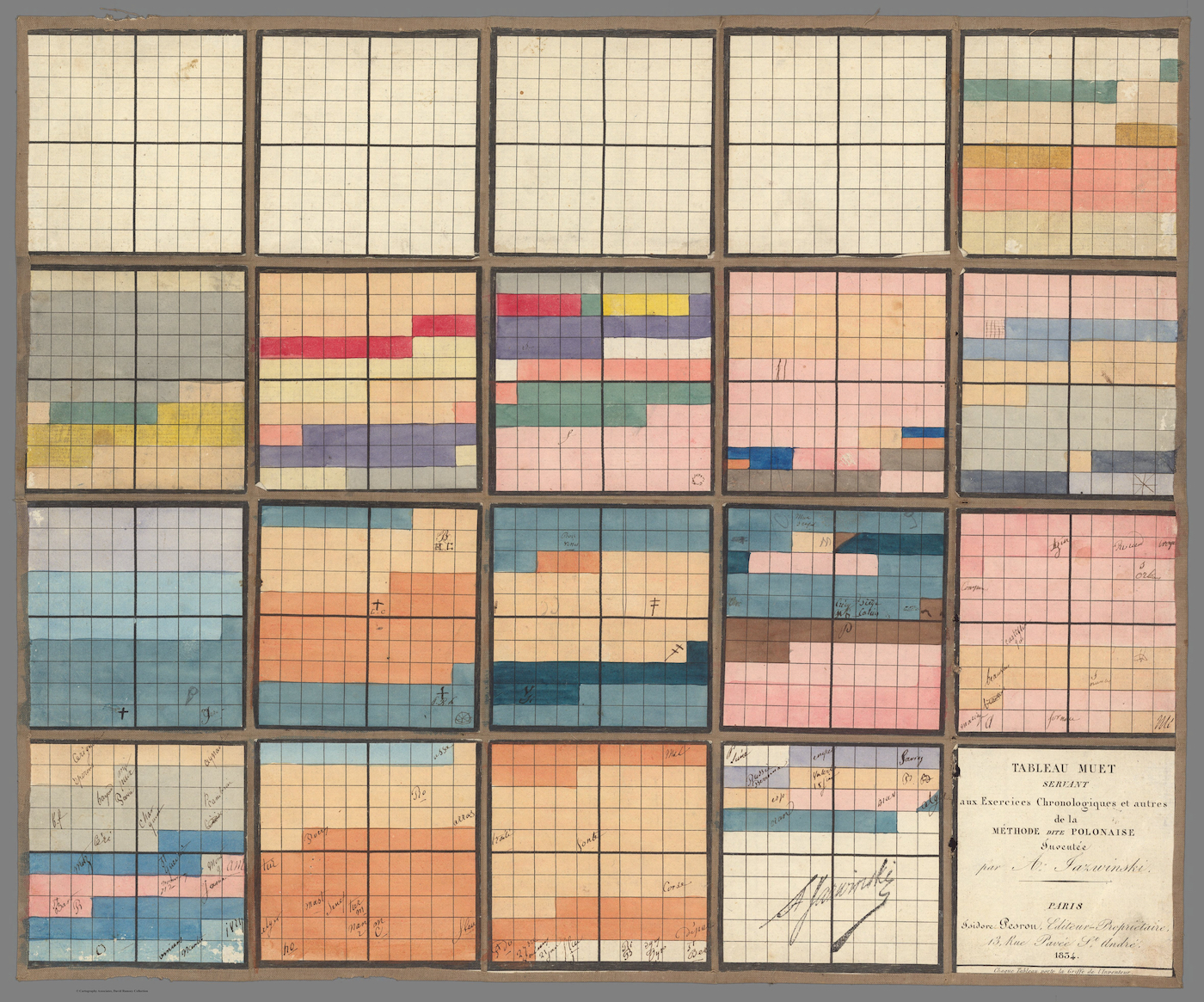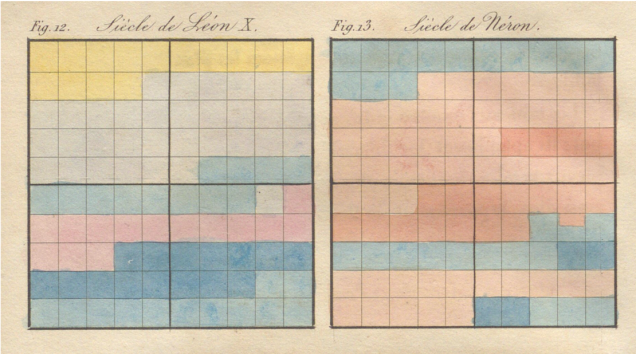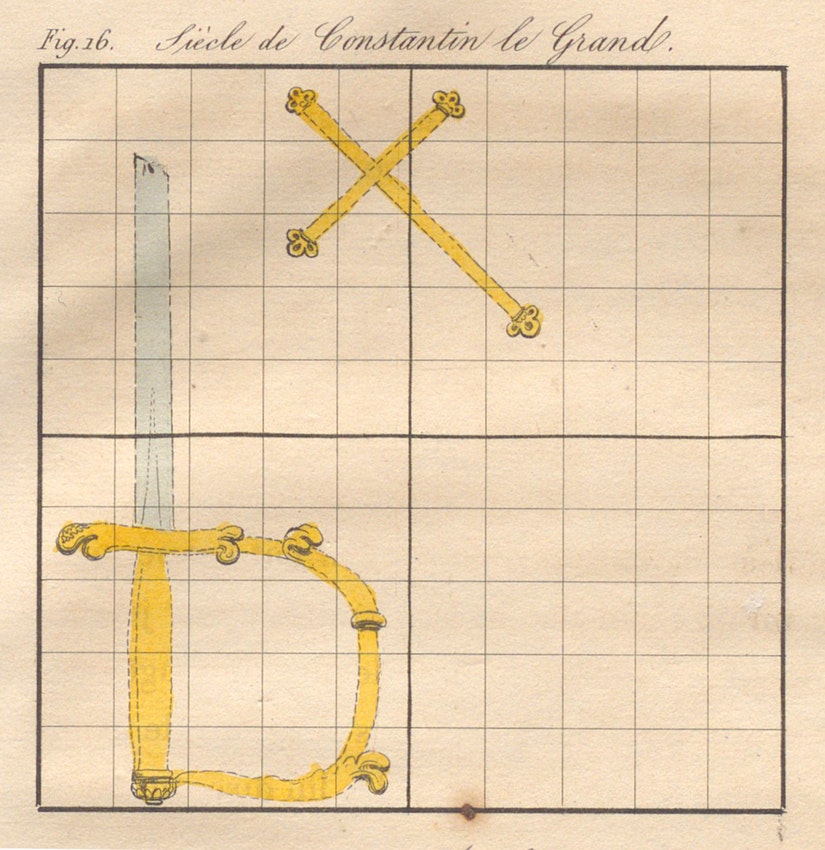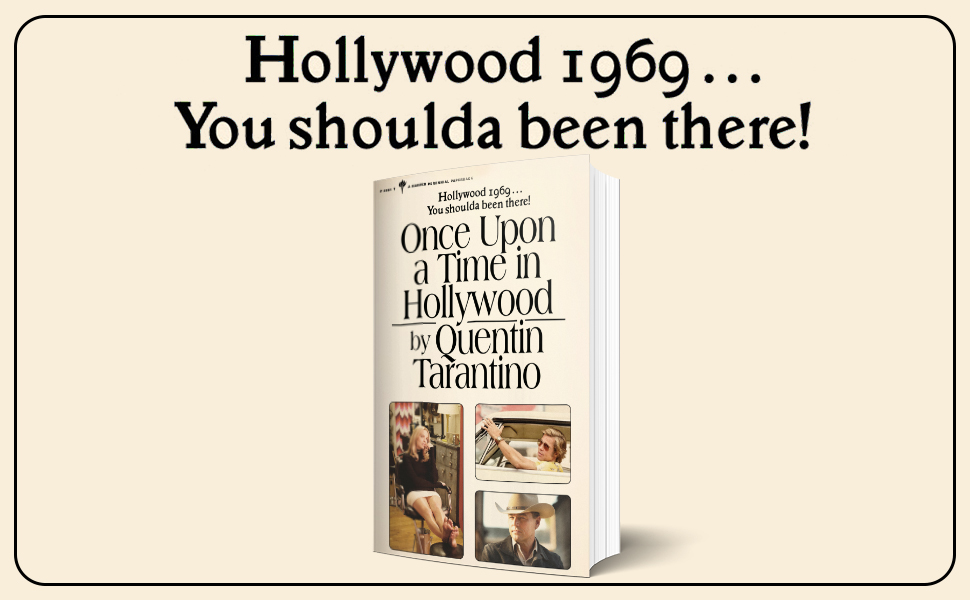[Most Recent Entries] [Calendar View]
Monday, July 5th, 2021
| Time | Event |
| 7:10a | Moralities of Everyday Life: A Free Online Course from Yale University   How can we explain kindness and cruelty? Where does our sense of right and wrong come from? Why do people so often disagree about moral issues? This course from Yale University, Moralities of Everyday Life, explores the psychological foundations of our moral lives. Taught by psychology & cognitive science professor Paul Bloom, the course focuses on the origins of morality, compassion, how culture/religion influence moral thought and moral action, and beyond. If you select the “Audit” option, you can take the course for free. Moralities of Everyday Life will be added to our collection of Free Psychology Courses, a subset of our larger collection, 1,700 Free Online Courses from Top Universities. Would you like to support the mission of Open Culture? Please consider making a donation to our site. It’s hard to rely 100% on ads, and your contributions will help us continue providing the best free cultural and educational materials to learners everywhere. Also consider following Open Culture on Facebook and Twitter and sharing intelligent media with your friends. Or sign up for our daily email and get a daily dose of Open Culture in your inbox. Related Content: Introduction to Psychology: A Free Course from Yale University Positive Psychology: A Free Online Course from Harvard University A Crash Course on Psychology: A 30-Part Video Series from Hank Green Moralities of Everyday Life: A Free Online Course from Yale University is a post from: Open Culture. Follow us on Facebook and Twitter, or get our Daily Email. And don't miss our big collections of Free Online Courses, Free Online Movies, Free eBooks, Free Audio Books, Free Foreign Language Lessons, and MOOCs. |
| 8:00a | Discover the 1820’s Color-Coded System for Memorizing Historical Events, Which Resembled Modern Art (1820)  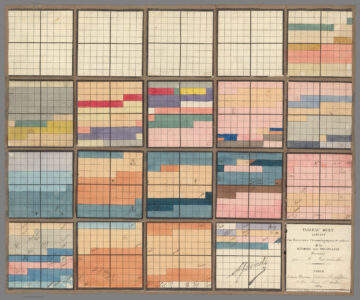
On first encountering Antoni Ja?wi?ski’s “Polish System,” I couldn’t help but think of Incan Quipu, the system that used knotted cords to keep official records. Like Quipu, Ja?wi?ski’s system of colored squares relies on an extreme shorthand to tell complex stories with mnemonic devices. But maybe that’s where the similarities end. Ja?wi?ski’s invention (circa (1820) does not so much resemble other forms of communication as it does the abstract art of the following century. “Ja?wi?ski’s Méthode polonaise promises that the complexities of centuries can be refined into colors, lines, squares, and just a few marks,” writes Philippa Pitts at Sequitur. “Neatly arranged into a diagram that can be diligently committed to memory, the twists and turns of battles and revolutions are rendered as panes of pure gentle color, quietly plotted as coordinates in a matrix, subsumed back into the orderly progress of history.” His attempts to impose order on life may have come to little in the end, but as an artifact of visual culture, the “Polish System” is sublime. Pitts goes on to write:
Ja?wi?ski, a Polish educator, invented the system in the 1820s. It was “later brought to public attention in the 1830s and 1840s by General Józef Bem, a military engineer with a penchant for mnemonics,” notes the Public Domain Review. Such systems cropped up everywhere in 19th-century education, such as those pioneered by Emma Willard, the first woman mapmaker in the U.S. “Ja?wi?ski’s contribution (and its later adaptations) proved one of the most popular.”
He explained his system with long paragraphs of text (which you can read here, in French), little of which students were likely to remember. What mattered was whether they could make sense of the color-coding and symbols placed inside the grid system, with each grid standing for an entire century — 100 years of human history reduced, for example, in the figure above, to one name, Constantine the Great, and two symbols, a sword and cross. This was an example of a “chronological constellation,” in which historical events take particular shapes, “sometimes it’s a chair,” Ja?wi?ski wrote, “a sickle, a boat, a letter of the alphabet, etc.”
Even the names neatly printed above the grids are redundant, Pitts suggests. In such systems, called chronographs, “denotative text is of limited use. It is connotative visuality which further condenses the information: Flags, shields, and insignia can serve as shorthand for nations and dynasties, while looming storm clouds, bright sunbursts, and invocations of classical architecture add layers of associated meaning.” The view of history represented by such systems is quaint, at best; their oversimplifications erase more than they could ever communicate. But their visual appeal is undeniable as objects from a pre-Google past, when memorization was the only way to reliably store and access knowledge outside of books. Related Content: Josh Jones is a writer and musician based in Durham, NC. Follow him at @jdmagness Discover the 1820’s Color-Coded System for Memorizing Historical Events, Which Resembled Modern Art (1820) is a post from: Open Culture. Follow us on Facebook and Twitter, or get our Daily Email. And don't miss our big collections of Free Online Courses, Free Online Movies, Free eBooks, Free Audio Books, Free Foreign Language Lessons, and MOOCs. |
| 11:00a | Quentin Tarantino Releases His First Novel: A Pulpy Novelization of Once Upon a Time in Hollywood 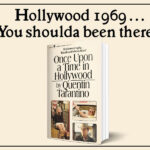 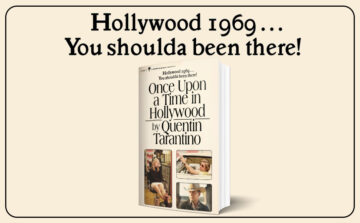
There’s no business like show business. Or maybe — as Bart Simpson once wrote on the blackboard — “there are plenty of businesses like show business.” Quentin Tarantino’s ninth film, 2019’s Once Upon a Time in Hollywood, follows aging TV star, Rick Dalton, being pushed into playing villainous character roles. Drunk and depressed, Dalton and his sidekick/hanger-on/stunt double Cliff Booth watch reruns of his show and get into a series of increasingly serious scrapes as the actor searches for a role that will redeem him. The film’s outline–shorn of historical references that made critics lionize it as “a love letter to old Hollywood”–sounds suspiciously like another media property in the middle of its final season that summer. Called a Mad Men replacement, Netflix’s satirical adult cartoon series Bojack Horseman also follows an aging former TV star and his sidekicks/hanger(s)-on through their misadventures in Hollywood (“Hollywoo”). Along the way they confront issues that fall under the rubric of “toxic masculinity,” such as workplace harassment, emotional immaturity, and the abuse of power in an industry with wildly unequal power dynamics. The show makes clear that neither old, nor new, Hollywood deserves a love letter — no more than other industries that allow such behavior. (It also features a caricature of Tarantino.) Once Upon a Time in Hollywood, by contrast, celebrates the old star system and its privileges — or so Richard Brody argues at The New Yorker — in an “obscenely regressive vision of the 60s” that scrubs the decade of its protests and brutal crackdowns. The premise underlying Tarantino’s alternate-history dramedy seems to be: “If only the old-line Hollywood people of the fifties and sixties had maintained their pride of place—if only the times hadn’t changed, if only the keys to the kingdom hadn’t been handed over to the freethinkers and decadents of the sixties—then both Hollywood and the world would be a better, safer, happier place.” Tarantino sets up “hippies,” a favorite pejorative of his characters, as fall guys for the Manson Family murders, rather than Manson’s own white supremacist beliefs. As many critics noted at the time, “the only substantial character of color, Bruce Lee (Mike Moh), is played… as a haughty parody” who gets “dramatically humiliated” by Pitt’s swashbuckling stuntman — who is rumored to have murdered his wife and who dispatches the film’s female Manson cult villains with the sadistic glee of a true psychopath, a scene, Brody writes, “that only hammers [Tarantino’s] doctrine home.” Celebration there may be in the film, but there is also mourning. Christopher Hooten at Little White Lies scoffs at the “love letter” idea and sees the film instead as a lament for the end of cinema’s “freethinkers”:
The Tarantinos of the world might be a dying breed, but Tarantino isn’t leaving his art behind so much as turning his hand to “more personal and unique” projects – in this case a novel, and more specifically, “the pulpiest of pulp fiction — the novelization,” writes Peter Bradshaw at The Guardian. Once Upon a Time in Hollywood: A Novel finds him “cranking up the backstories, mulching up reality and alt.reality pastiche, ladling in new episodes,” and flexing his formidable strengths as a writer of crackling dialogue and action. The book also promises an ending viewers of the film won’t see coming. The novel explores the inner lives of its female characters, including, of course, Sharon Tate “and the fictional child actor Trudi Fraser,” and adds an even darker edge to Cliff Booth, who is said to admire a certain character despite or because he is “unconsciously racist, consciously misogynistic.” This is Tarantino, after all, none of whose characters are ever shining examples of virtue. But in the post-auteur, post-Weinstein future, he seems to suggest, maybe old-Hollywood anti-heroes like Cliff Booth and Leonardo DiCaprio’s washed-up star Rick Dalton will only shine on streaming TV shows and in the pages of throwback pulp novels, “packaged like those New English Library paperbacks that used to be on carousel displays in supermarkets and drugstores.” You can pick up a copy of Once Upon a Time in Hollywood: A Novel here. Related Content: Quentin Tarantino Explains How to Write & Direct Movies Quentin Tarantino’s Copycat Cinema: How the Postmodern Filmmaker Perfected the Art of the Steal An Analysis of Quentin Tarantino’s Films Narrated (Mostly) by Quentin Tarantino Josh Jones is a writer and musician based in Durham, NC. Follow him at @jdmagness Quentin Tarantino Releases His First Novel: A Pulpy Novelization of Once Upon a Time in Hollywood is a post from: Open Culture. Follow us on Facebook and Twitter, or get our Daily Email. And don't miss our big collections of Free Online Courses, Free Online Movies, Free eBooks, Free Audio Books, Free Foreign Language Lessons, and MOOCs. |
| 2:00p | How Ramen Became the Currency of Choice in Prison, Beating Out Cigarettes  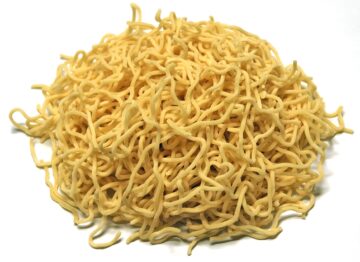 The last decade ushered in a slew of traditional Japanese-style ramen restaurants — enough to justify ramen maps to New York City, Chicago, and the Bay Area. Yet most Americans still conceive of ramen as the pack of seasoning and dehydrated instant noodles that have long sustained broke artists and college students. Add incarcerated persons to the list of packaged ramen’s most ardent consumers. In the above episode of Vox’s series, The Goods, we learn how those ubiquitous cellophane packages have outstripped cigarettes and postage stamps as the preferred form of prison currency. Ramen is durable, portable, packaged in standard units, available in the prison commissary, and highly prized by those with a deep need to pad their chow hall meals. Ramen can be used to pay for clothing and hygiene products, or services like laundry, bunk cleaning, dictation, or custom illustration. Gamblers can use it in lieu of chips. Ramen’s status as the preferred form of exchange also speaks to a sharp decline in the quantity and quality of food in American penal institutions. Ethnographer Michael Gibson-Light, who spent a year studying homegrown monetary practices among incarcerated populations, notes that slashed prison budgets have created a culture of “punitive frugality.” Called upon to model a demonstrably tough on crime stance and cut back on expenditures, the institutions are unofficially shunting many of their traditional costs onto the prisoners themselves. In response, those on the inside have pivoted to edible currency:
Ramen may be a relatively new development in the prison landscape, but culinary experimentation behind bars is not. From Pruno prison wine to Martha Stewart’s prison grounds crabapple jelly, it’s a nothing ventured, nothing gained type of deal. Work with what you’ve got. Gustavo “Goose” Alvarez, who appears in Vox’s video, collected a number of the most adventurous recipes in his book, Prison Ramen: Recipes and Stories from Behind Bars. Anyone can bring some variety on the spur of the moment by sprinkling some of your ramen’s seasoning packet into your drinking water, but amassing the ingredients for an ambitious dish like Orange Porkies — chili ramen plus white rice plus ½ bag of pork skins plus orange-flavored punch — takes patience and perseverance. Alvarez’s Egg Ramen Salad Sandwich recipe earns praise from actor Shia LeBoeuf, whose time served is both multiple and minimal.
Someone serving a longer sentence has a more compelling reason to search for the ramen-centered sense of harmony and wellbeing on display in Tampopo, the first “ramen western”: Appreciate its gestalt. Savor the aromas. Joe Guerrero, host of YouTube’s AfterPrisonShow, is not immune to the pleasures of some of his ramen-based concoctions, below, despite being on the outside for several years now. You’re free to wrinkle your nose at the thought of snacking on a crumbled brick of uncooked ramen, but Guerrero points out that someone serving a long sentence craves variety in any form they can get. Experiencing it can tap into the same sense of pride as self-governance. Guerrero’s recipes require a microwave (and a block of ramen). Even if you’re not particularly keen on eating the finished product, there’s a science project appeal to his Ramen Noodle Cookie. It calls for no additional ingredients, just ten minutes cooking time, an outrageous prospect in a communal setting with only one microwave. Related Content: The Proper Way to Eat Ramen: A Meditation from the Classic Japanese Comedy Tampopo (1985) What Goes Into Ramen Noodles, and What Happens When Ramen Noodles Go Into You Japanese Animation Director Hayao Miyazaki Shows Us How to Make Instant Ramen Ayun Halliday is an author, illustrator, theater maker and Chief Primatologist of the East Village Inky zine. Follow her @AyunHalliday. How Ramen Became the Currency of Choice in Prison, Beating Out Cigarettes is a post from: Open Culture. Follow us on Facebook and Twitter, or get our Daily Email. And don't miss our big collections of Free Online Courses, Free Online Movies, Free eBooks, Free Audio Books, Free Foreign Language Lessons, and MOOCs. |
| << Previous Day |
2021/07/05 [Calendar] |
Next Day >> |

